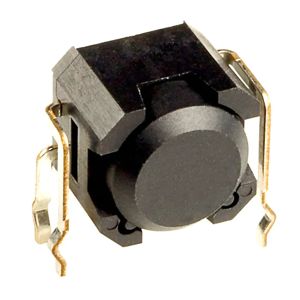
Motion Sensors - Tilt Switches
Motion Sensors - Tilt Switches: Precision Detection for Dynamic Applications
Definition:
Motion Sensors - Tilt Switches are specialized devices designed to detect angular movement or orientation changes, triggering electrical responses when a predefined tilt angle is reached. These compact, highly sensitive components combine motion sensing and switching functionalities, making them ideal for applications requiring position awareness or safety cutoff mechanisms.
Product Types:
This category encompasses multiple tilt switch variants engineered for diverse operational demands:
- Mechanical Tilt Switches: Mercury or ball-bearing-based designs offering cost-effective omnidirectional detection.
- Solid-State Tilt Sensors: MEMS-based digital switches with programmable thresholds and vibration resistance.
- Industrial-Grade Inclinometers: High-accuracy modules with analog/digital outputs for heavy machinery monitoring.
- Compact PCB-Mount Switches: Low-profile solutions for consumer electronics and IoT devices.
- Hazardous Environment Models: Explosion-proof designs compliant with ATEX/IECEx standards.
Purchasing Recommendations:
1. Threshold Precision: Verify the switch s angular sensitivity ( X ) matches your application s critical tilt range.
2. Environmental Durability: Prioritize IP-rated or temperature-hardened variants for outdoor/industrial use.
3. Output Configuration: Select between SPST/SPDT contacts or digital interfaces (I2C, SPI) based on system compatibility.
4. Certification Compliance: For automotive/medical applications, confirm adherence to ISO 7637-2 or FDA guidelines.
5. Lifecycle Rating: Mechanical switches typically offer 50K 100K cycles; solid-state variants exceed 1M operations.
Ideal for robotics, asset tracking, and safety systems, tilt switches bridge motion detection and actionable control with reliability. Evaluate response time (typically 5 500ms) and reset hysteresis to minimize false triggers in dynamic environments.

